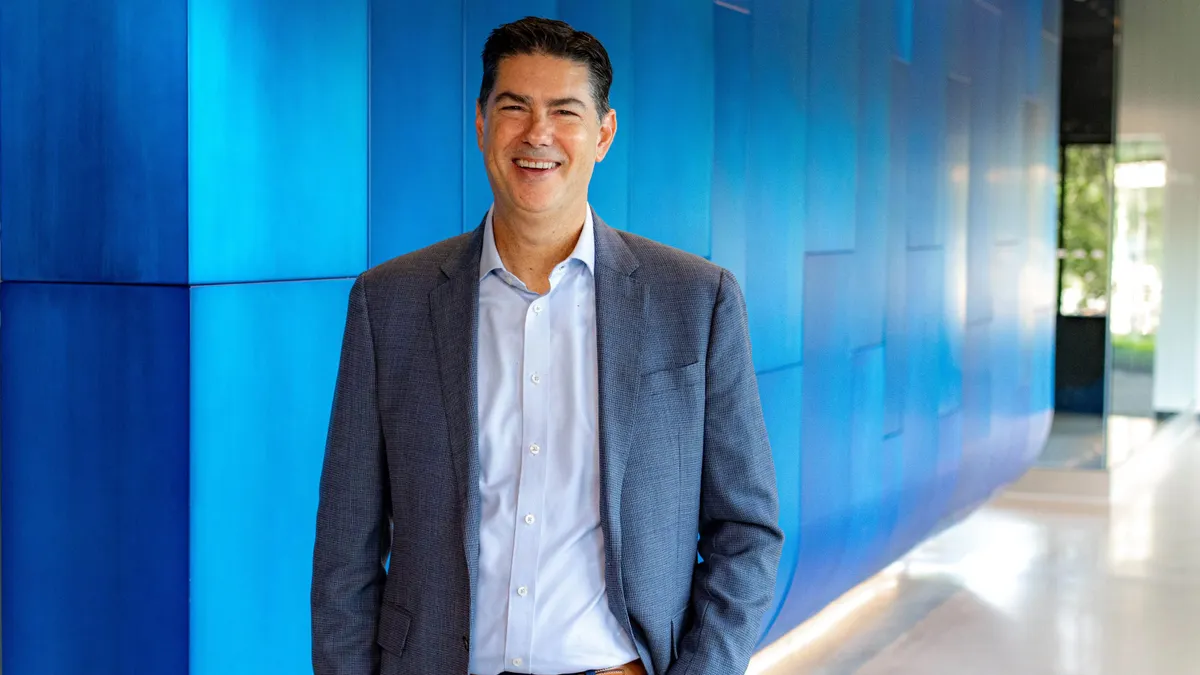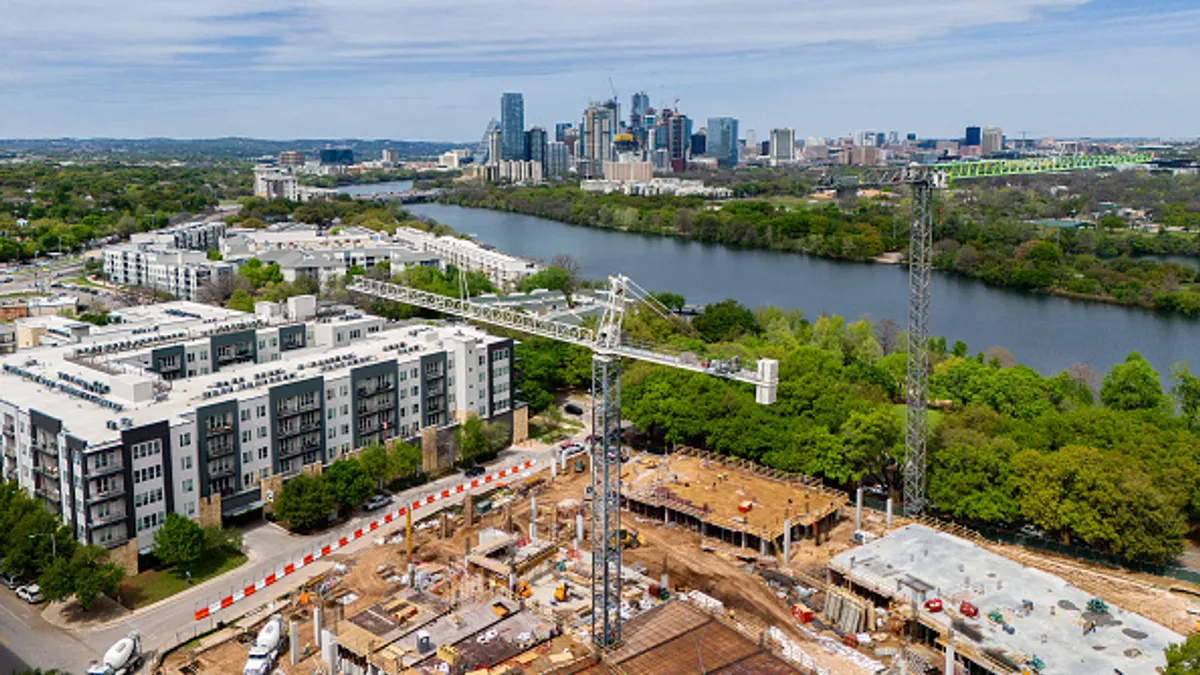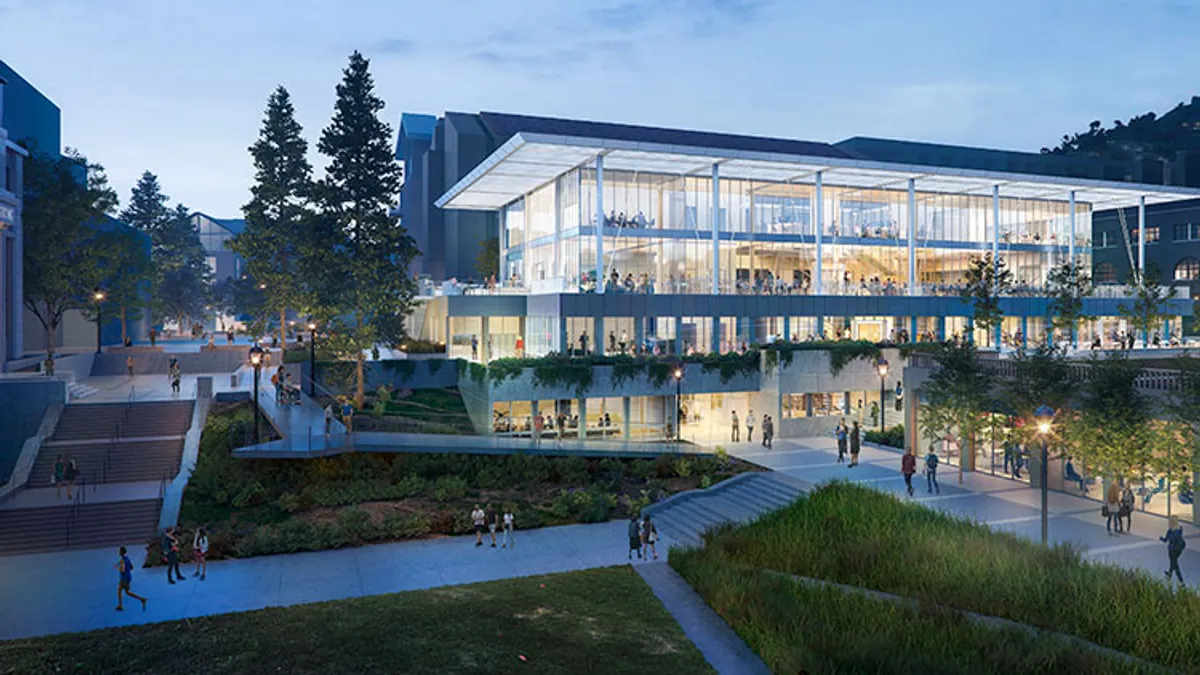This is the third in a series of articles looking at the skilled labor crisis in construction, its causes and potential solutions. Click here for the entire series.
Construction employment carries with it a perception that the work does not pay well or is more likely to be affected by an economic downturn than other fields.
These fears are not entirely unfounded, said Priya Kapila, compensation practice leader at FMI Corp., a consulting and investment banking firm that works with clients in construction, engineering and similar sectors. Historically, contractors sought to control costs in part by leaning on lower base salaries, particularly for entry-level positions, and making up for it with bonuses, she said.
Layoffs that occurred in tandem with downturns such as the mid-2000s recession further the narrative. "There's an inherent challenge of business cycles," Kapila said. "Even today, we've seen people exit the industry who are less inclined to come back."
That does not play well with a generation of workers who are looking for economic stability, she added. But Kapila noted that construction's reputation as a low-paying industry is not entirely deserved. Particularly for construction management graduates, FMI's research has shown the industry offers competitive pay compared to other sectors. And with a competitive talent market that has led companies across industries to increase wages, "you can't get away with low pay," Kapila said.
Other sources echoed that thought. "If you're a drywall contractor and looking for people, drywall finishing is a skill … you can't just take someone from off the street," said Brent MacDonald, an instructor in construction management at Indiana State. "You have to train them to be a drywall finisher and pay them accordingly. And now that we have this competitive talent market, you can no longer pay someone $13 an hour."
Figuring flexibility out
It is not just about pay, however. During the pandemic, many companies adjusted operations to accommodate more flexible ways of working, including fully-remote and hybrid work. The in-person nature of construction work, at odds with home-based work, may have a mixed impact on recruiting efforts.
"People are re-evaluating their inputs or qualities for quality of life," said Paul Crovella, an assistant professor at the State University of New York's College of Environment Science and Forestry who specialises in sustainable construction. Crovella noted that while the pandemic may not have reduced overall interest in construction industry careers, it also may have led to a desire for a way of working that places less emphasis on in-person elements. Some students see the prospect of spending time on job sites as a positive. "For those individuals, it's akin to leaving your office and being able to work across the factory floor."
Flexibility is "still something that the industry is trying to figure out," Kapila said. But the incentive to pursue it is there for employers, she added, particularly because employees in their early 20s may place less value on retirement benefits, profit sharing and other areas that contractors have traditionally advertised to candidates. "You have to really give thought to the total package when you're approaching candidates and think about which components might matter most."
Even before the pandemic, construction industry analysts acknowledged that conflict in expectations between younger workers and the job sites that sought their labor. In a 2016 report by Marcum LLP, researchers Anirban Basu and Joseph Natarelli wrote that millennial employees as a group demonstrated a preference for jobs with flexible work hours. But that expectation "isn't consistent with the bulk of construction activity," the authors said.
At Cincinnati-based Messer, remote work implies a cultural question. "How are we any different from the folks building the buildings?," said Nick Apanius, the company's senior vice president in charge of HR and professional development operations, adding that even the company's employees who could work mostly from home have demonstrated a desire to be with their teams in-person and see job sites for themselves. "We think people need to be in the office, and I know that's a challenge."
But Messer has implemented flexible work guidelines over the years, even for those who perform in-person operations, he added. That can be particularly important during the pandemic, when workers need to take care of elderly parents, children or other dependents.
Appealing to Gen Z, millennial values
The challenge of marketing construction to young workers may seem daunting at first glance, experts say.
"If you put a hammer in their hands before an iPhone, you might have a chance," quipped Donald "Bo" McNabb, senior instructor in construction management at Indiana State University's College of Technology, when asked how contractors could drum up more interest in the field. "That's what they're competing with."
A number of sources suggested that employers need to appeal to potential workers earlier in their lives. Casey Welch, CEO of Tallo, an employment and scholarship platform geared toward younger workers, noted that this process can start well before students graduate from high school. "The best place to get that talent is to start to build it," he said. "If you want to get them, get to them early and get to them often."
External groups can play a part in those efforts. MacDonald talked about one initiative supported in part by the Wabash Valley Contractors Association, a local trade group, to implement an exhibit this past summer at a local children's museum. The exhibit allows visiting kids to explore hands-on activities such as drawing, welding and assembling.
Such initiatives could encourage the next generation of workers to "drop the phone and pick up something real," to borrow MacDonald's phrasing, but not all outreach is guaranteed to be successful. He relayed his experience presenting to students at a local middle school. MacDonald said he tried but perhaps failed to help students connect their everyday experiences to construction.
A robust recruitment toolbelt
For more recent graduates or even those already in the workforce, construction work carries an entrepreneurial element that could have its own appeal, according to Welch. That some who enter the industry end up opening their own businesses may offer something to financially prudent younger workers that other career paths may not, he said.
Other sources supported this idea. Younger workers have "grown up in a period of debt crisis," Basu, chief economist for Associated Builders and Contractors told Construction Dive, leading to concerns that college alone will not guarantee them a prosperous future. That could breed interest in the possibilities that fields like construction can provide.
"For instance, many electricians start their own firms, same thing with plumbers and roofers, so on and so forth," Basu said. "And they might find that appealing as well. So there's hope out there, but there has to be a coherent sustained effort by the industry to reach out to these prospective demographics."
The pandemic presents "a terrifying climate to start your adult life and professional life in," said Isabel Perez, a recruiter at Messer. “Younger workers, she added, "want to work for a company that makes them feel like part of the team, that helps them grow."
Perez, who said she is still early in her career and did not originally consider a job in the construction industry while in college, believes that the worker-owned structure of Messer played a big role in her decision to join the company. "We all have a stake in the game, [and] everyone is here to lift each other up, to help you grow," she continued. "I knew that was where I wanted to go. That was the most important thing to me."
Technology also can be a tool in recruiters' utility belts. Apanius noted the influx of investment in construction technologies, particularly into artificial intelligence systems that allow engineers to plan projects virtually before they head out into the field. "How we build buildings now is very different from 20 years ago," he said.
Construction employers may look to how other industries dealing with similar shortages have changed their recruiting strategies. Welch touted Tallo's work with the trucking industry to implement gamification into recruiting applications. He has also seen trucking companies highlight immersive technologies, such as virtual reality, that can give prospective candidates a better idea of the work they would need to perform.
Crovella had a similar thought. Contractors, he said, "have the chance to use some of the same immersive technology that has fascinated this generation in other areas." He noted a plethora of examples of companies using VR to simulate welding and other critical skills.
A few sources noted that while these and other strategies may not always land, construction work has advantages that few other industries can boast.
"What we do isn't for everybody," Apanius said. "But at the end of the day, you can look behind you and look at what you created from nothing."
Tangibility. That's another passion driving industry veterans.
"You want to be able to drive by something and say, 'I had a hand in building that,'" MacDonald said. "You can't do that as an accountant working on budgets."
Construction Dive Associate Editor Zachary Phillips contributed to this report.
























